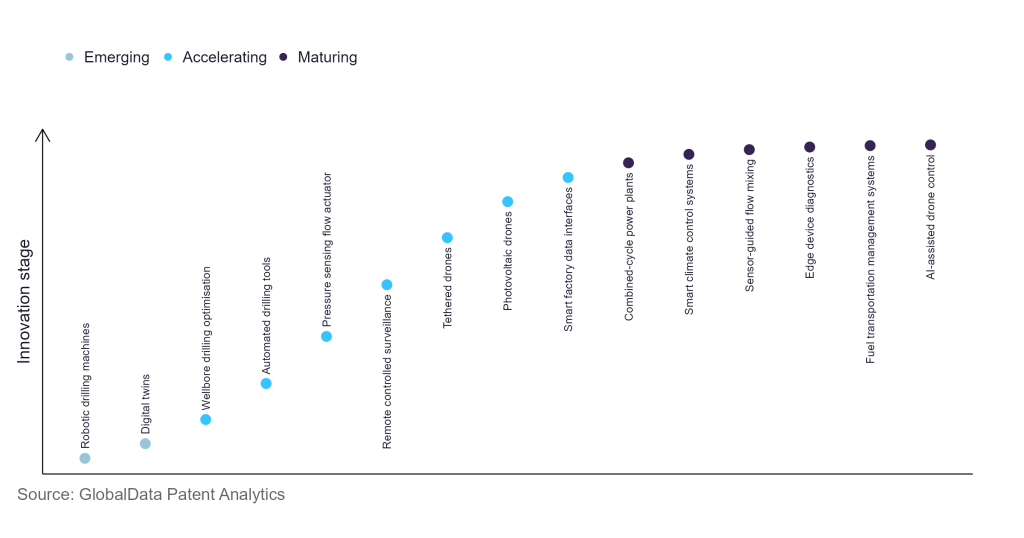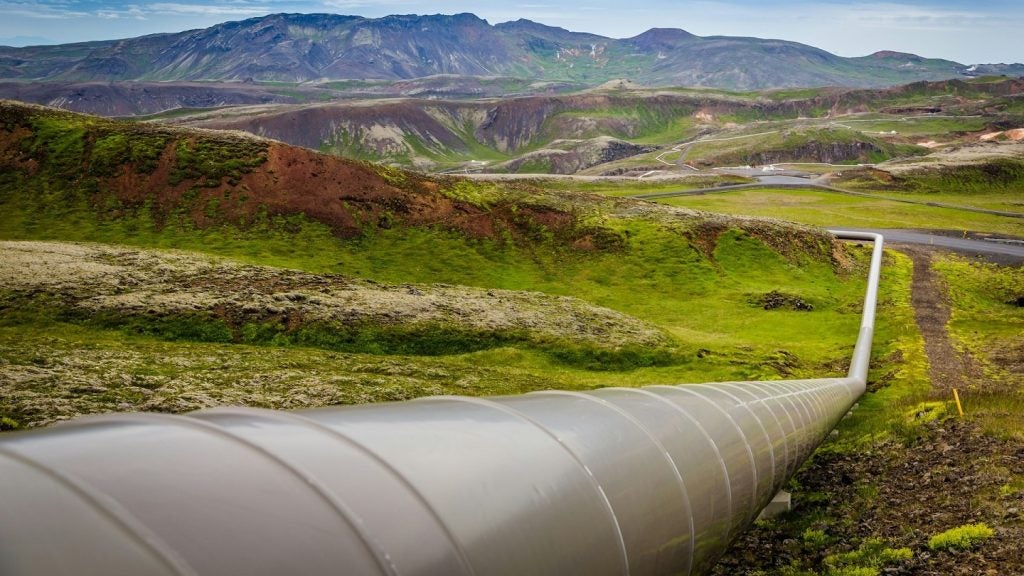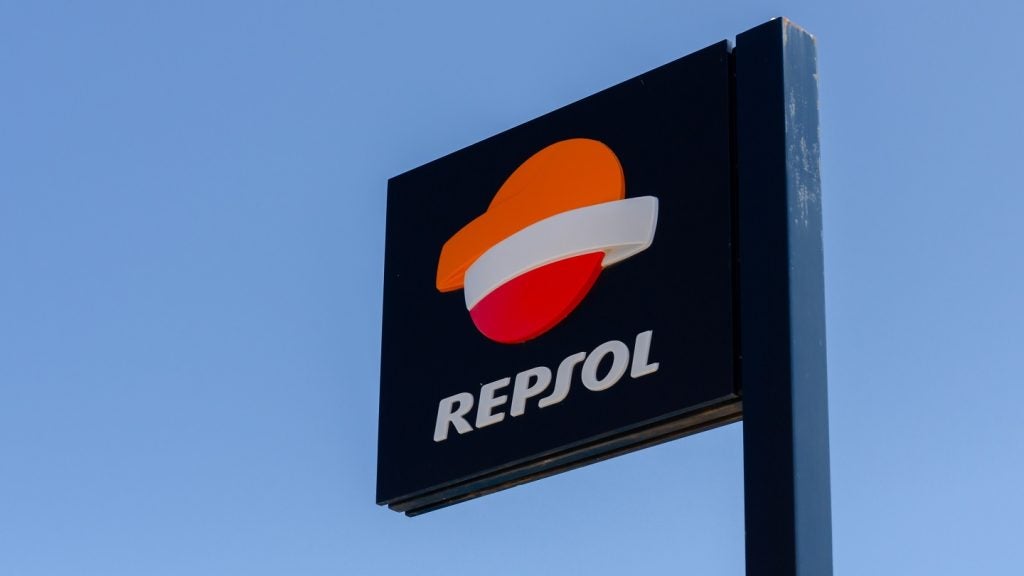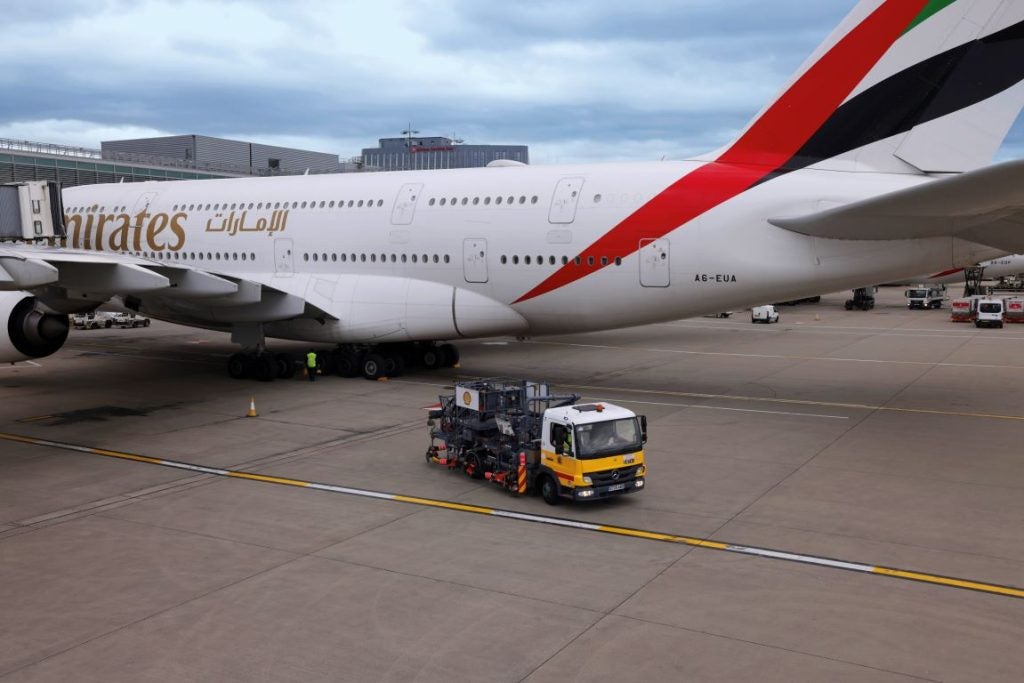The oil and gas industry continues to be a hotbed of innovation, with activity driven by the need for more efficient production, improved safety and long-term sustainability. Digital technologies are playing a transformative role in meeting these objectives and this is characterised by the growing importance of technologies such as artificial intelligence (AI), cloud computing, internet of things, and robotics. In the last three years alone, there have been over 534,000 patents filed and granted in the oil & gas industry, according to GlobalData’s report on Internet of Things in Oil & Gas: Remote controlled surveillance. Buy the report here.
However, not all innovations are equal and nor do they follow a constant upward trend. Instead, their evolution takes the form of an S-shaped curve that reflects their typical lifecycle from early emergence to accelerating adoption, before finally stabilising and reaching maturity.
Identifying where a particular innovation is on this journey, especially those that are in the emerging and accelerating stages, is essential for understanding their current level of adoption and the likely future trajectory and impact they will have.
150+ innovations will shape the oil & gas industry
According to GlobalData’s Technology Foresights, which plots the S-curve for the oil & gas industry using innovation intensity models built on over 256,000 patents, there are 40+ innovation areas that will shape the future of the industry.
Within the emerging innovation stage, robotic drilling machines and digital twins are disruptive technologies that are in the early stages of application and should be tracked closely. Wellbore drilling optimisation, automated drilling tools, and pressure sensing flow actuator are some of the accelerating innovation areas, where adoption has been steadily increasing. Among maturing innovation areas are combined cycle power plants and smart climate control systems, which are now well established in the industry.
Innovation S-curve for Internet of Things in the oil & gas industry

Remote-controlled surveillance is a key innovation area in Internet of Things
Remote monitored video surveillance, sometimes referred to as network video surveillance, is a term used to describe the technology for monitoring a physical location from another location. This can be done by transmitting audio and video feeds from one or more fixed location cameras to a single central console. The network video surveillance setup is essentially an extension of the internet of things deployment and can also include sensors, such as temperature sensors and gas detectors, in addition to audio and video feeds. Apart from using stationary sensors, aerial drones laden with cameras and other sensors can also be used for remote-controlled surveillance.
GlobalData’s analysis also uncovers the companies at the forefront of each innovation area and assesses the potential reach and impact of their patenting activity across different applications and geographies. According to GlobalData, there are 10+ companies, spanning technology vendors, established oil & gas companies, and up-and-coming start-ups engaged in the development and application of remote-controlled surveillance.
Key players in remote-controlled surveillance – a disruptive innovation in the oil & gas industry
‘Application diversity’ measures the number of different applications identified for each relevant patent and broadly splits companies into either ‘niche’ or ‘diversified’ innovators.
‘Geographic reach’ refers to the number of different countries each relevant patent is registered in and reflects the breadth of geographic application intended, ranging from ‘global’ to ‘local’.
Patent volumes related to remote-controlled surveillance
| Company | Total patents (2010 - 2022) | Premium intelligence on the world's largest companies |
| General Electric | 32 | Unlock Company Profile |
| State Grid Corporation of China | 30 | Unlock Company Profile |
| Sumitomo Heavy Industries | 19 | Unlock Company Profile |
| China Southern Power Grid | 16 | Unlock Company Profile |
| Schindler Holding | 16 | Unlock Company Profile |
| Honeywell International | 16 | Unlock Company Profile |
| Vlaamse Instelling voor Technologisch Onderzoek | 12 | Unlock Company Profile |
| BASF | 11 | Unlock Company Profile |
| Korea Electric Power | 7 | Unlock Company Profile |
| China Southern Power Grid | 7 | Unlock Company Profile |
| Oceaneering International | 6 | Unlock Company Profile |
Source: GlobalData Patent Analytics
Leaders in remote-controlled surveillance include General Electric and Honeywell. Companies in this segment offer instruments and software for remote surveillance or may offer surveillance as a service for industrial requirements.
General Electric offers remote surveillance solution to industry players along with monitoring and control functions.
Honeywell’s product portfolio includes visual as well as thermal cameras that can be deployed in industrial settings for remote-controlled surveillance.
To further understand how Internet of Things is disrupting the oil & gas industry, access GlobalData’s latest thematic research report on Internet of Things in Oil & Gas (2021).
Premium Insights
From

The gold standard of business intelligence.
Blending expert knowledge with cutting-edge technology, GlobalData’s unrivalled proprietary data will enable you to decode what’s happening in your market. You can make better informed decisions and gain a future-proof advantage over your competitors.








